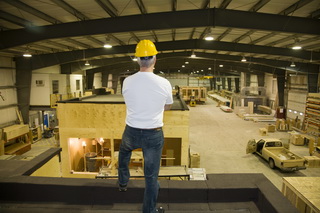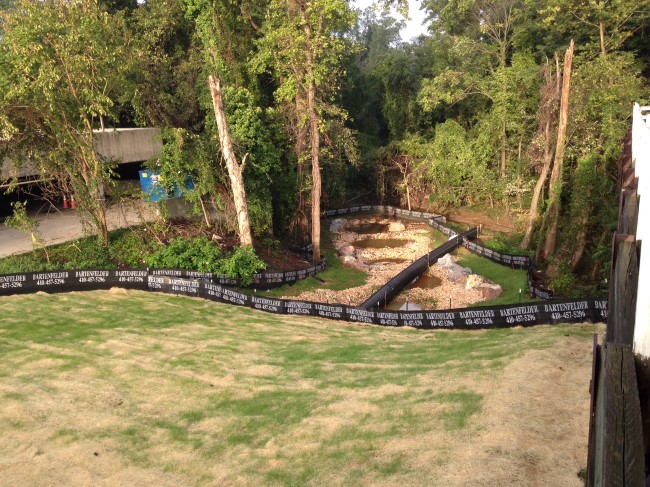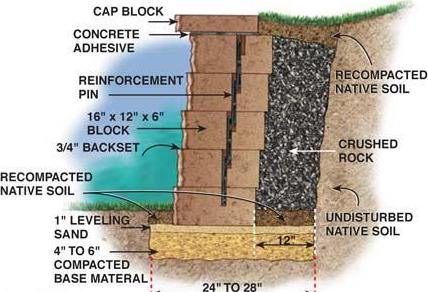A “stick-built” home refers to a dwelling that has been built from the ground up at the site that it was intended to occupy. Before construction begins, site-work is performed by “earth moving” equipment to prepare it for a permanent foundation (which may or may not include a basement) and then the home is completed around a stick frame.
A “manufactured home” on the other hand, has been partially or entirely constructed in a factory and then transported to a site for final assembly. Manufactured homes vary from on-frame types built on a permanent chassis (think single to double wide trailer) to modular off-frame types. Modular homes can come in various styles as well but the common thread they all share is that they are manufactured in sections at a factory and then transported and assembled at the site.
One of the things that make a manufactured home appealing to many people is that they are typically less expensive than their stick-built counterparts. Although associated with lower quality materials, 70 to 90 percent of manufactured housing is completed in a factory, where they are built under controlled conditions and strict quality control standards. Speed of construction is also an attractive factor as factory-built homes can be installed onsite only in 1-2 days, as opposed to 3-6 months for a site-built home. Modular homes can be large and complex and are often difficult to distinguish from site-built homes.
Despite these attractive perks, manufactured homes are sometimes plagued with problems that are unique to this method of construction. Because they are built so differently, everything from preventative maintenance to home improvement requires special consideration. A manufactured home simply does not react the same way to changes as a stick built home does.
Sectional by design, additions or improvements can affect the planned distribution of load and damage the seams where these sections come together. Adding additional appliances or altering the original electrical layout can provide an ignition opportunity. There is a real danger of collapse, fire or serious water intrusion if proper planning is not taken. The owners of a manufactured home as well as an inexperienced contractor are often ignorant of the special precautions that need to be taken.
Additional problems can arise due to dimensional limits based on local transportation regulations; sections may have to be modified before transport and then completed or modified again at the site. This work, done away from the quality-controlled factory environment, may introduce construction or design issues otherwise not contemplated.
Once a sizable problem has occurred, the finger pointing begins: The factory says the mover damaged the property in transport, the mover says the installer did not correctly assemble the sections and the installer says the factory defectively manufactured the components. CED Technologies can help sort out the problems that are particular to manufactured and modular homes. Please call 800.780.4221 today to discuss how we can help you specifically.






